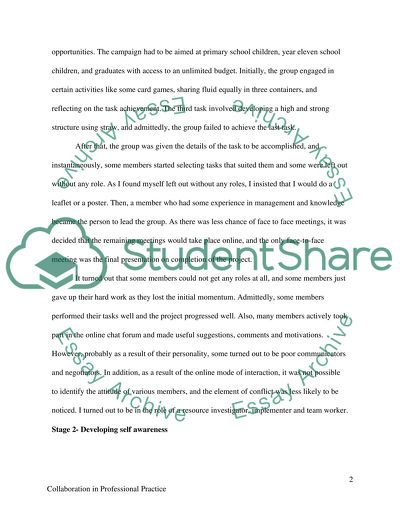Cite this document
(“Reflection on collaboration in professional practice Essay”, n.d.)
Retrieved from https://studentshare.org/health-sciences-medicine/1393732-reflection-on-collaboration-in-professional
Retrieved from https://studentshare.org/health-sciences-medicine/1393732-reflection-on-collaboration-in-professional
(Reflection on Collaboration in Professional Practice Essay)
https://studentshare.org/health-sciences-medicine/1393732-reflection-on-collaboration-in-professional.
https://studentshare.org/health-sciences-medicine/1393732-reflection-on-collaboration-in-professional.
“Reflection on Collaboration in Professional Practice Essay”, n.d. https://studentshare.org/health-sciences-medicine/1393732-reflection-on-collaboration-in-professional.


